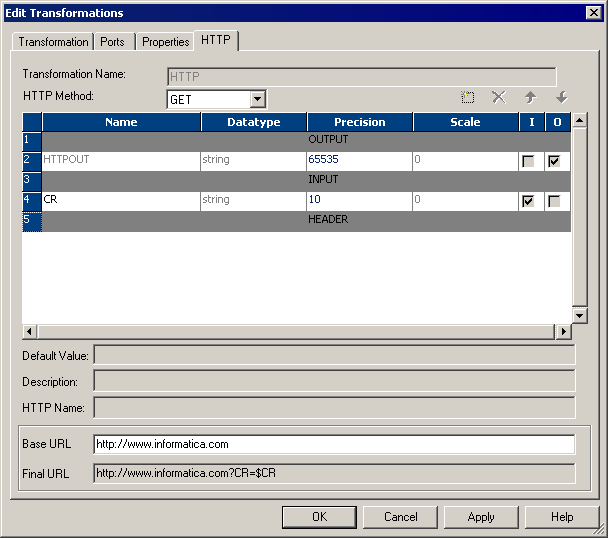PowerCenter
- PowerCenter 10.5.1
- All Products

78576 78577 78578

http://www.informatica.com?CR=$CR
http://www.informatica.com?CR=78576 http://www.informatica.com?CR=78577 http://www.informatica.com?CR=78578